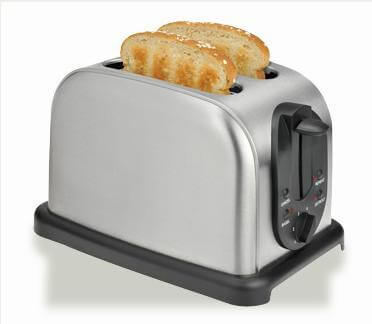Toaster Test Case: In this article, we will write test cases to test a toaster. There are different designs of toasters available in the market. Most of our designs are available in two types – battery-operated or electrical.
The test cases will differ depending on how you test the appliance. We are going to take a look at some of the test scenarios and cases for both of these types.
| Post On: | Test Case For Toaster |
| Post Type: | Test Case Template |
| Published On: | www.softwaretestingo.com |
| Applicable For: | Freshers & Experience |
Toaster Test Case
Let’s clarify one thing before we write a long list of scenarios and test cases. The best way to test is to check if it toasts bread as per our requirement. That’s it. There is nothing more to it than this simple test scenario. However, the toaster must undergo a process to get closer to this output in the real world.
While going through this process, they may overheat or underheat the bread. If it’s battery-operated, then it could run out of energy. Like this, we can think of many scenarios in positive and negative situations. So, let’s look at those scenarios and check some test cases.

If this question is asked in the interview, please start your test case with a simple test scenario of heating the bread. You can get creative with different scenarios and test cases from here. Also, you can ask for scenarios like whether the toaster is for homemade usage or the restaurant type, as the designs differ for each use case.
Toaster Test Case & Test Scenario
- Connect the power cable to the appliance and check if it turns on.
- Check if the power light is visible on the appliance.
- Check if the power light shows once the toast is prepared.
- Check if the power cuts itself off once the toast is ready.
- Put the bread into it and turn on the device. Observe the behavior.
- Check if it toasts the bread after the specified time interval.
- Check if the power remains on if the bread is not added.
- Check if the power gets cut off if the bread is removed.
- Check it requires heat after the first bread gets toasted.
- After heating the first one, add the next slices to check how long it takes.
- Check it accepts more slices than the space allocated.
- Check how many slices can be toast on the battery.
- Check it works by turning off the electricity.
- Check if the color and smell change after the heat in a particular period.
- Check how much power supply it takes for the toaster – 2 phase or 3 phase.
- Check how much power it takes for the toaster during different room temperatures.
- Check the moisture of the toaster if heated for a certain period.
- Check if the toaster is automated or manual.
- Check if you can set the timing.
- Check how thick slices can be added to the toaster.
- Check if the bread slices can be overheated.
- Check if the timer setting in the toaster prevents the slice from overheating.
- Check if the toaster’s color, size, and weight are as per the manufacturer’s specification document.
- Check how many breads can be toasted for the lifespan of the toaster.
- Check how much idle time is required in between the toasting.
- Check for stress on the appliance.
- Check the amount of power consumed for several toasts.
- Check for the auto cut-off operation under different conditions.
- Check for the operation of the toaster with battery backup.
- Check if it operates on the solar power supply.
- Check how many toasts can be made if operated for long hours.
These are some test cases you can write for the most generic toaster. I have assumed an electric toaster for our test scenarios and test cases. However, you can check other types like battery-operated and solar supply toasters. This way, you can come up with a few more test cases.
Please let me know in the comments if you have found any errors or suggestions. Please share the post with friends and others on social media.
